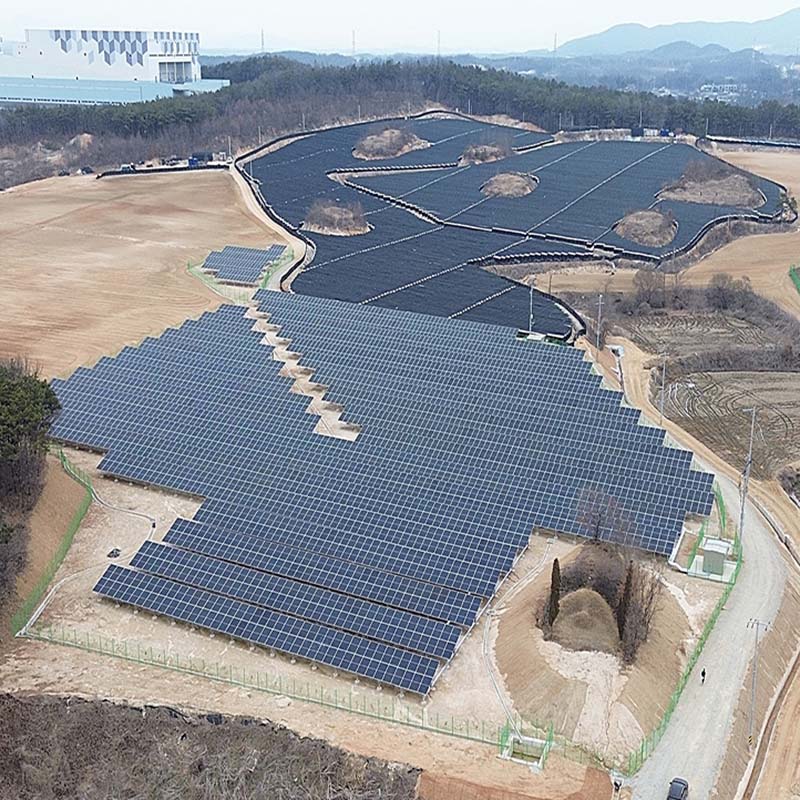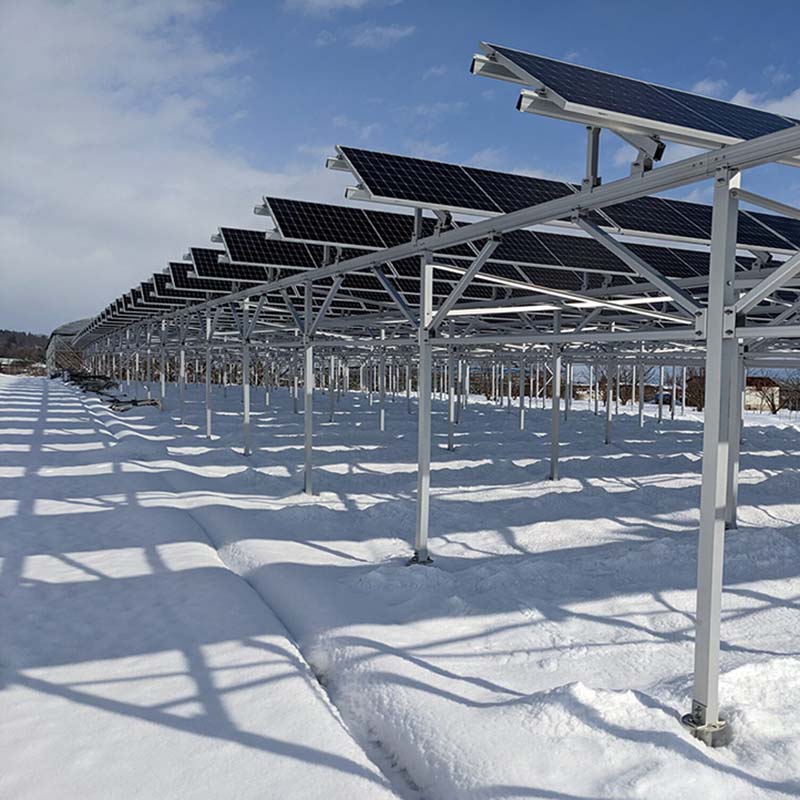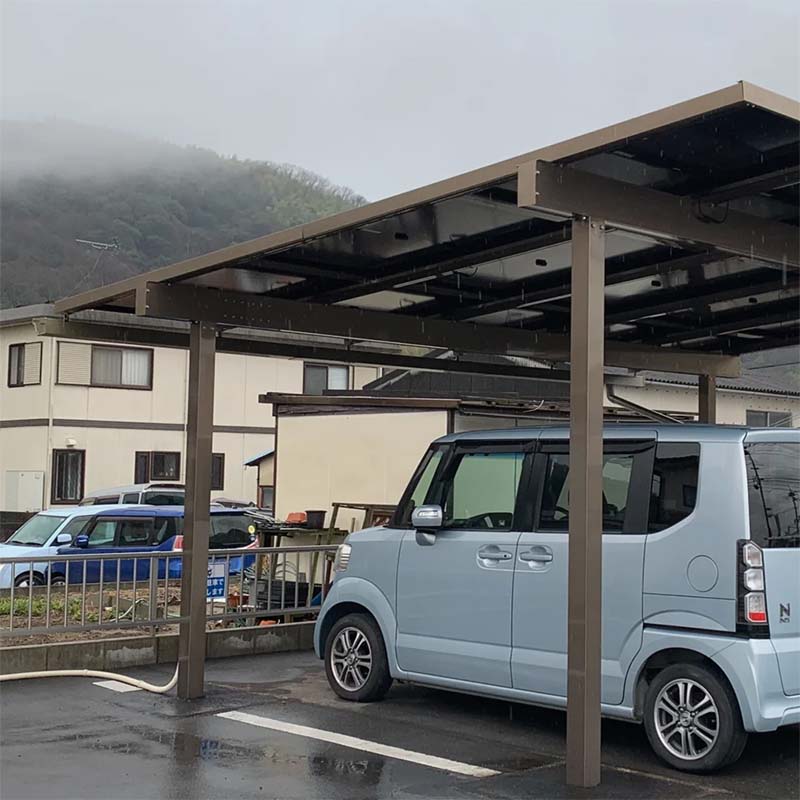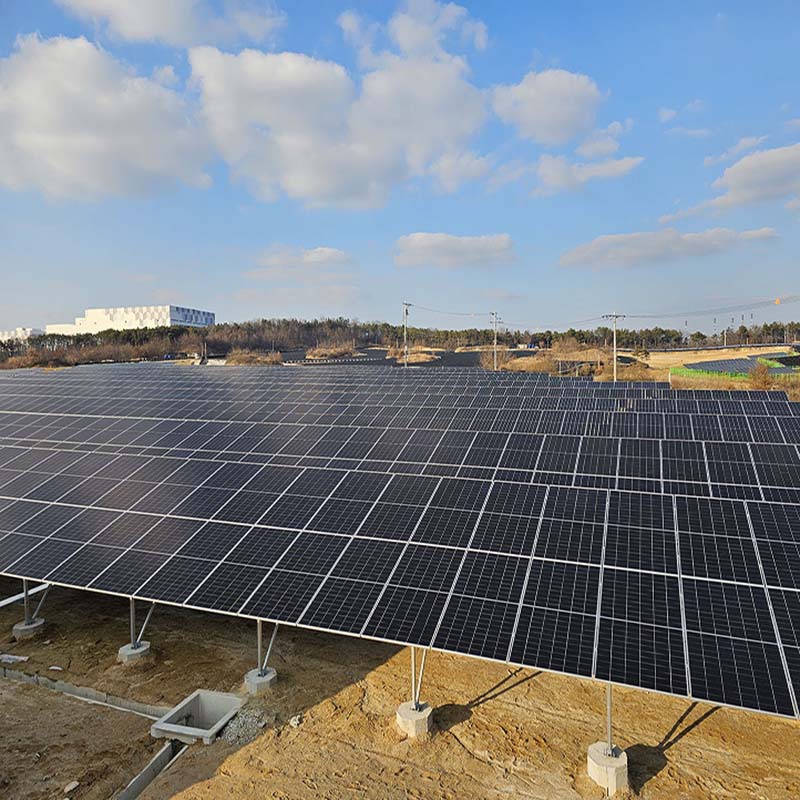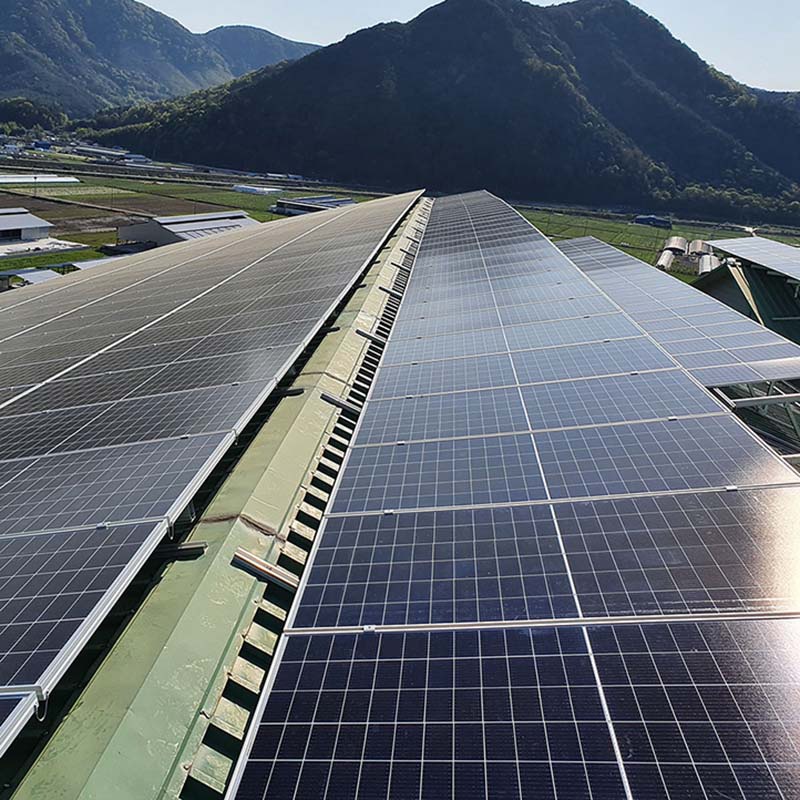Mar 05, 2025
In the quest for sustainable energy solutions, solar farms have emerged as a beacon of hope. These vast expanses of photovoltaic panels are not just a testament to human ingenuity but also a crucial step towards a greener future. As the world grapples with the effects of climate change and the depletion of fossil fuels, solar farms offer a promising alternative that is both renewable and environmentally friendly.
What is a Solar Farm?
A solar farm, also known as a solar power plant or photovoltaic power station, is a large-scale installation designed to capture sunlight and convert it into electricity. Unlike rooftop solar panels that serve individual homes or businesses, solar farms generate power on a much larger scale, often feeding it directly into the grid to supply entire communities or regions.
How Do Solar Farms Work?
At the heart of a solar farm are thousands of solar panels, each made up of numerous photovoltaic (PV) cells. These cells are typically made from silicon, a semiconductor material that absorbs photons from sunlight. When sunlight hits the PV cells, it knocks electrons loose from their atoms, generating an electric current. This process, known as the photovoltaic effect, is the fundamental principle behind solar energy.
The electricity generated by the solar panels is in the form of direct current (DC), which is then converted into alternating current (AC) by inverters. AC is the standard form of electricity used in homes and businesses, making it compatible with the existing power grid. From there, the electricity is transmitted through a network of power lines to reach consumers.
Types of Solar Farms
There are two main types of solar farms: utility-scale and community solar farms.
1.Utility-Scale Solar Farms: These are large installations that can cover hundreds or even thousands of acres. They are designed to generate massive amounts of electricity, often enough to power tens of thousands of homes. Utility-scale solar farms are typically developed and operated by energy companies and sell the electricity they produce to utilities or directly to the grid.
2.Community Solar Farms: These are smaller installations that allow multiple individuals or businesses to share the benefits of solar power. Participants can either purchase a share of the solar farm or subscribe to a portion of the electricity it generates. Community solar farms are an excellent option for those who cannot install solar panels on their own property, such as renters or homeowners with shaded roofs.
Benefits of Solar Farms
1.Renewable Energy Source: Solar energy is abundant and inexhaustible. Unlike fossil fuels, which are finite and contribute to greenhouse gas emissions, solar power is clean and sustainable.
2.Reduced Carbon Footprint: By generating electricity from sunlight, solar farms help reduce reliance on coal, oil, and natural gas, thereby lowering carbon emissions and mitigating climate change.
3.Economic Growth: The development and operation of solar farms create jobs in manufacturing, construction, maintenance, and more. Additionally, solar farms can provide a steady source of income for landowners who lease their property for solar installations.
4.Energy Independence: Solar farms contribute to energy security by diversifying the energy mix and reducing dependence on imported fuels. This can enhance national energy independence and stability.
5.Low Operating Costs: Once a solar farm is built, it has relatively low operating and maintenance costs compared to traditional power plants. Solar panels have no moving parts, which means fewer mechanical failures and lower maintenance requirements.
Challenges and Considerations
While solar farms offer numerous benefits, they are not without challenges. One of the primary concerns is the amount of land required for large-scale installations. Solar farms need significant space to generate substantial amounts of electricity, which can lead to land-use conflicts, especially in areas with limited available land or competing agricultural interests.
Another challenge is the intermittent nature of solar power. Solar farms only generate electricity when the sun is shining, which means they cannot provide a constant power supply without energy storage solutions. Advances in battery technology are helping to address this issue, but energy storage remains a critical area for further development.
Additionally, the initial investment for building a solar farm can be high, although the costs have been decreasing steadily over the years. Government incentives, tax credits, and financing options can help offset these costs and make solar farm projects more economically viable.
The Future of Solar Farms
As technology continues to advance, the efficiency of solar panels is improving, and the costs are declining. This trend is making solar farms an increasingly attractive option for meeting the world's energy needs. Innovations such as bifacial solar panels, which capture sunlight on both sides, and solar tracking systems, which follow the sun's movement to maximize energy capture, are further enhancing the performance of solar farms.
Moreover, the integration of solar farms with energy storage systems and smart grid technologies is paving the way for a more resilient and flexible energy infrastructure. These developments are crucial for accommodating the growing share of renewable energy in the global energy mix.
Solar farms represent a significant step forward in the transition to a sustainable energy future. By harnessing the power of the sun, they offer a clean, renewable, and increasingly cost-effective solution to our energy needs. While challenges remain, the continued advancement of technology and supportive policies are driving the growth of solar farms worldwide.
As we look to the future, solar farms will undoubtedly play a pivotal role in reducing our carbon footprint, enhancing energy security, and fostering economic growth. By investing in solar energy today, we are paving the way for a brighter, more sustainable tomorrow.
Read More





